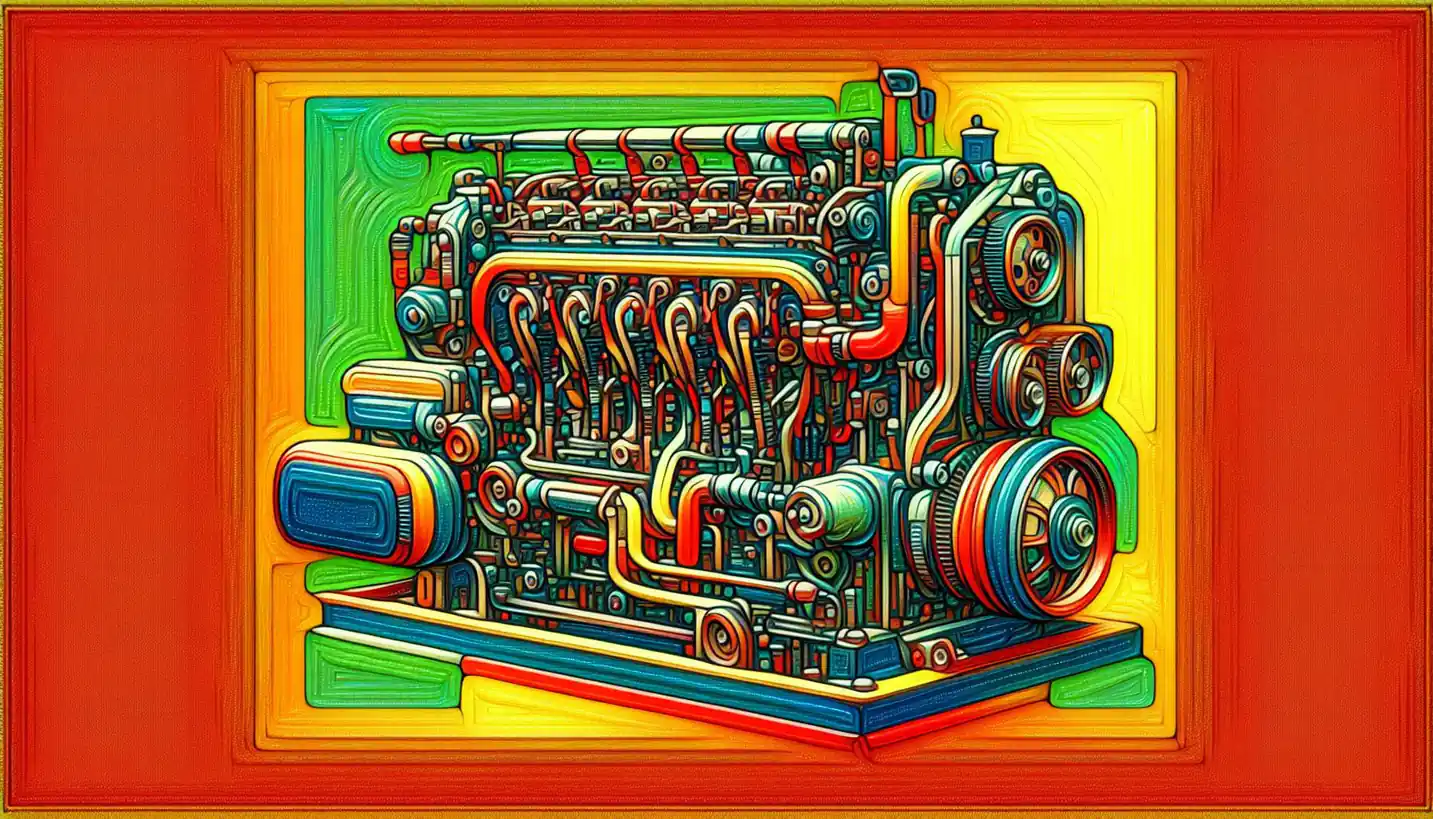· Engineering · 4 min read
Compressor: The Heart of Aerospace Engineering Marvels
The compressor is the core of aerospace engineering marvels, powering engines that drive advances in aviation technology.

When you think about the enormous power of an aircraft engine, the compressor is one of the unsung heroes making it all happen. This crucial component plays a pivotal role in jet engines, transforming air into a force that propels aircraft through the skies. Let’s explore how this marvel of aerospace engineering works, why it’s so essential, and what makes it a cornerstone of modern flight technology.
What is a Compressor?
A compressor in aerospace engineering might sound like something complicated, but think of it as a giant bicycle pump. Its primary job is to take in air at normal atmospheric pressure and squeeze it to a higher pressure. This compressed air then enters the combustion chamber where it mixes with fuel, igniting to produce a high-speed exhaust flow, propelling the plane forward.
How Does a Compressor Work?
In simple terms, the compressor is like an intense wind booster. It consists of several rotating blades that resemble a series of spinning fans or windmills. As the engine’s rotor spins, these blades pull in air, pressurizing it as it moves through the compressor stages. The more stages air passes through, the more it’s compressed.
Types of Compressors
There are two main types you’ll find in jet engines:
Axial Compressors: These are the workhorses of modern aircraft engines. Air flows parallel to the axis of rotation, getting squeezed as it passes through different blade rows. The design is sleek and efficient, perfect for high-speed jets.
Centrifugal Compressors: Often seen in smaller engines, here the air is flung outward by spinning rotors, like water in a washing machine. Though not as common in big commercial jets, they’re crucial in smaller, versatile planes.
The Role of a Compressor in Jet Engines
Think of the compressor as the lungs of a jet engine. Just like lungs breathe in oxygen for energy, the compressor supplies compressed air to power the engine. This pressure increase leads to more efficient fuel burning, resulting in a powerful thrust. Without it, engines would lack the power needed for flight.
The Science Behind Compression
The idea behind compressing air is linked to the principles of thermodynamics. By increasing air pressure, the temperature also rises, making the air ideal for the combustion process. This not only boosts efficiency but also increases the thrust-to-weight ratio of the engine.
Challenges in Compressor Design
Designing compressors isn’t a walk in the park. Engineers face challenges like managing heat and reducing weight. Compressor blades spin at incredible speeds, enduring extreme temperatures and stresses. Material selection becomes crucial to withstand such harsh conditions while maintaining performance and safety.
Overcoming Blade Stress
Modern engineering marvels like titanium blades help handle the stress, providing strength without added weight. Advanced materials science continues to push the envelope, allowing compressors to operate under tougher conditions while squeezing out better performance.
Importance in Aerospace Engineering
Compressors are indispensable in aerospace engineering for several reasons:
Efficiency: Compressors enhance fuel efficiency, allowing aircraft to travel further on less fuel.
Performance: They deliver the necessary power for high-speed, high-altitude flight.
Adaptability: Different designs cater to various aircraft needs, ranging from small jets to supersonic planes.
Innovations and Future Directions
Scientists and engineers are continuously improving compressor technology. One exciting area is the development of adaptive and smarter designs. Imagine compressors that adjust on-the-fly to optimize performance under different flight conditions! Future engines could become even more fuel-efficient and environmentally friendly.
Environmental Impact
Reducing the carbon footprint is a significant focus. More efficient compressors could mean more sustainable air travel. As green aviation technology advances, the humble compressor will be at the forefront, helping cut emissions and noise pollution.
Wrapping It Up
The compressor, though just one part of an aircraft’s engine, is pivotal to the broader field of aerospace engineering. Its ability to transform air into thrust allows us to soar through the skies efficiently and reliably. As we continue to explore the realms of high-speed and space travel, innovations in compressor technology will undoubtedly lead the charge, pushing the boundaries of what’s possible.
So, the next time you see a plane streak across the sky, remember the mighty compressor working behind the scenes, turning simple air into the raw energy that powers our flight. Embracing these engineering marvels opens a world of endless possibilities for the future of aviation.



